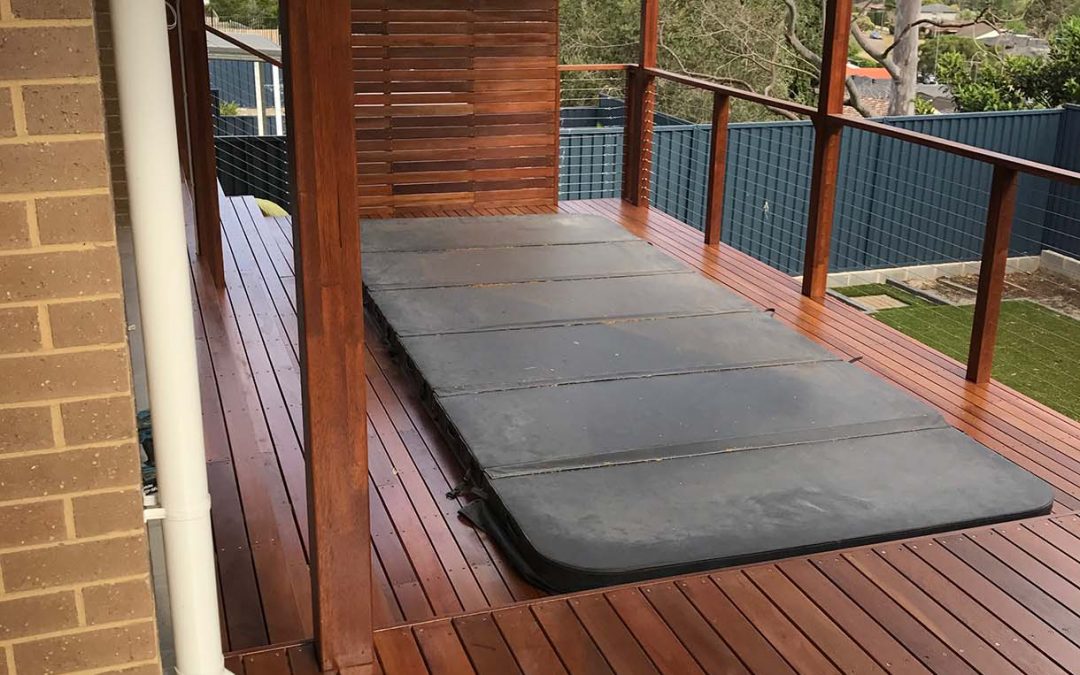Pergolas have been traditionally used for generations in residences to create a covered corridor, connect pavilions or enable the air and sun to fill through a sitting space. This great addition to the property will add comfort to the property’s market value and entice extra. Any place surrounding the house may be utilized as a pergola invitation. The pergola constructions have, through the years, adapted to the location to provide a wide range of styles. Although conventional pergolas are primarily designed for aesthetics and comfort, the latest designs prioritize shielding against harsh natural elements such as rain, snow, and ultraviolet radiation.
The design of a pergola relies on its location. The pergola may be a pavilion, an extension of the structure, a pergola designs with a roof, or a veranda with vines spanning a tiled roof, depending on its space, slope, or sun direction. The roofing structure and form are some of the most significant factors when building a pergola.
The pergola designs with roof design are based on the direct sunlight and the geography and natural characteristics of the area. Though previous pergolas were built with brick and steel supports, newer designs utilize weatherproof forests such as western red cedar or redwood coast. The roofs of Pergola may be plain, flat, conventional, sophisticated towns, pitched roofs, roofed roofs, gabled, or a gazebo-style roof.
Roofing materials
Several materials may be utilized for designing pergola designs with roof. The choice of roofing materials relies on the structure’s size, shape, and design. The longevity and toughness of the building rely on the materials employed to do so. Currently, roofing materials include metals, plastics, fibreglass, polycarbonate, fabric, etc.
Metal Roof
The benefit of a metal roof is that it can be modified to the precise construction size and form. Metals like copper, aluminium, or tin are also easily selected. Not only are metals simple to cut and shape, but they also protect against the weather. However, they also have some inconveniences, such as preventing light from entering the space or allowing the temperature to be hot in the region.
Plastic and Fibreglass
Another variant in pergola designs with roof comprises plastic or fibreglass. The benefit of these alternatives is that they are light and cheap. They may also be trimmed to size and enable light to filter according to the roof colour. They help protect the pergola from worse weather factors, like snow and rain. Ultraviolet radiation may also be minimized if both options are used. Plastic may not be a green alternative, but Fibreglass may be made from recyclable resources.
Polycarbonate
Polycarbonates are readily moulded thermometric polymers with excellent impact resistance and additional benefits, including heat resistance, ease of shape, flame retardance, and strength. They are provided for different heat transfer and transparency requirements. Polycarbonates are very well known for their UV radiation protection. In addition to a gorgeous colour combination, polycarbonate may be produced to withstand specific and extreme climatic conditions.
Fabric
Everyone likes a bright and pleasant roof that may raise our minds and make us feel comfortable throughout the day. This is why cloth pergola coverings, which are also highly isolating, might be an excellent alternative. Based on the kind of fabric used, these pergolas may prevent the passage of heat, which may cause fading or damage to the roof.
A tough, resilient texture that generally makes a boat’s sails may also be used to filter UV rays and other hazardous natural factors, such as sunshine and heavy rain, to enable people to benefit for a long time from investment.
Comparative Study of Roofing Materials for a Pergola
It is tough to modify permanent structures like metal roofs. However, they can be repainted. Fibreglass and clean plastic materials may change colour after a while but can be removed, and new materials can be installed. The choice of materials to cover or cover the pergola depends on the customer’s instincts concerning durability, and availability.
As the earth wants greener, classic pergola designs with a roof are, of course, the most acceptable option. . Chalking is another sort of colouring created by weathering the pigment parts or decomposing them into a powder. Restoration painting requires the clearing of stains using paint stripers, bleachers, and oxalic acid-based solvents.



